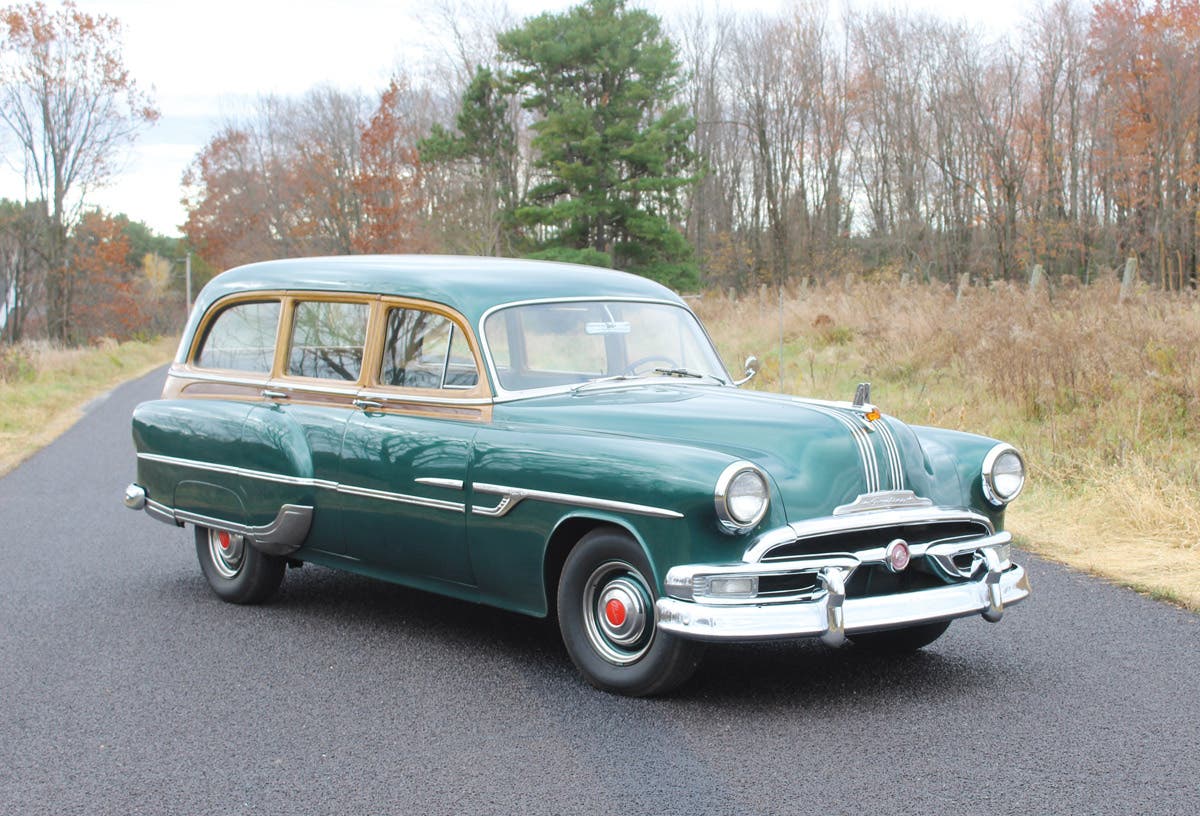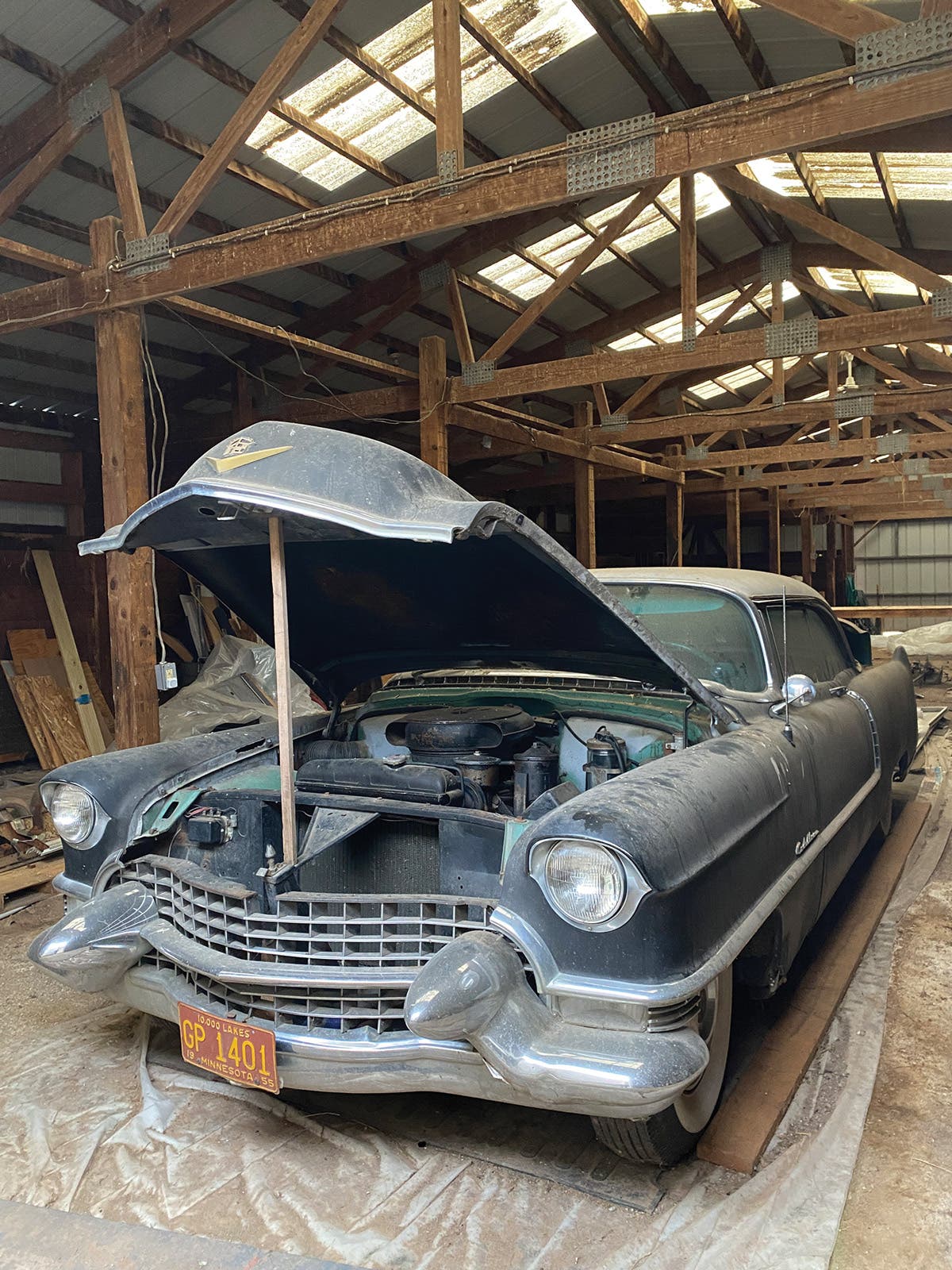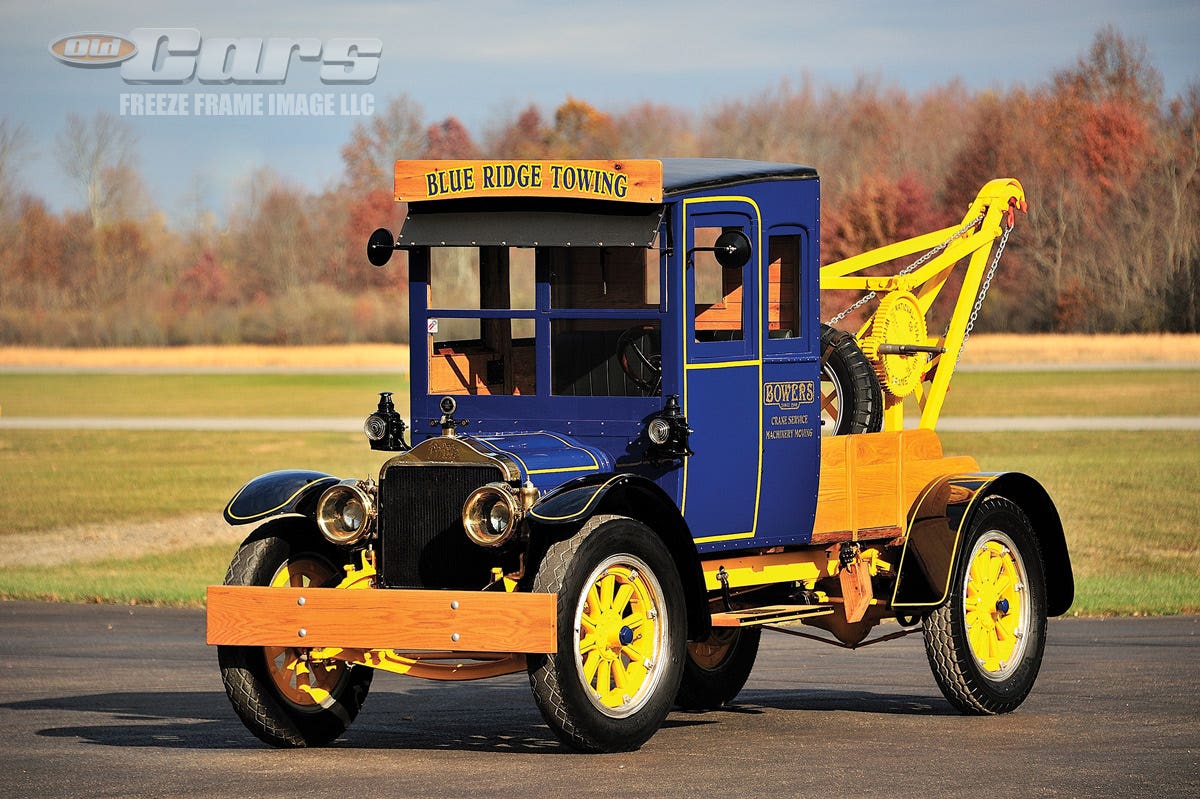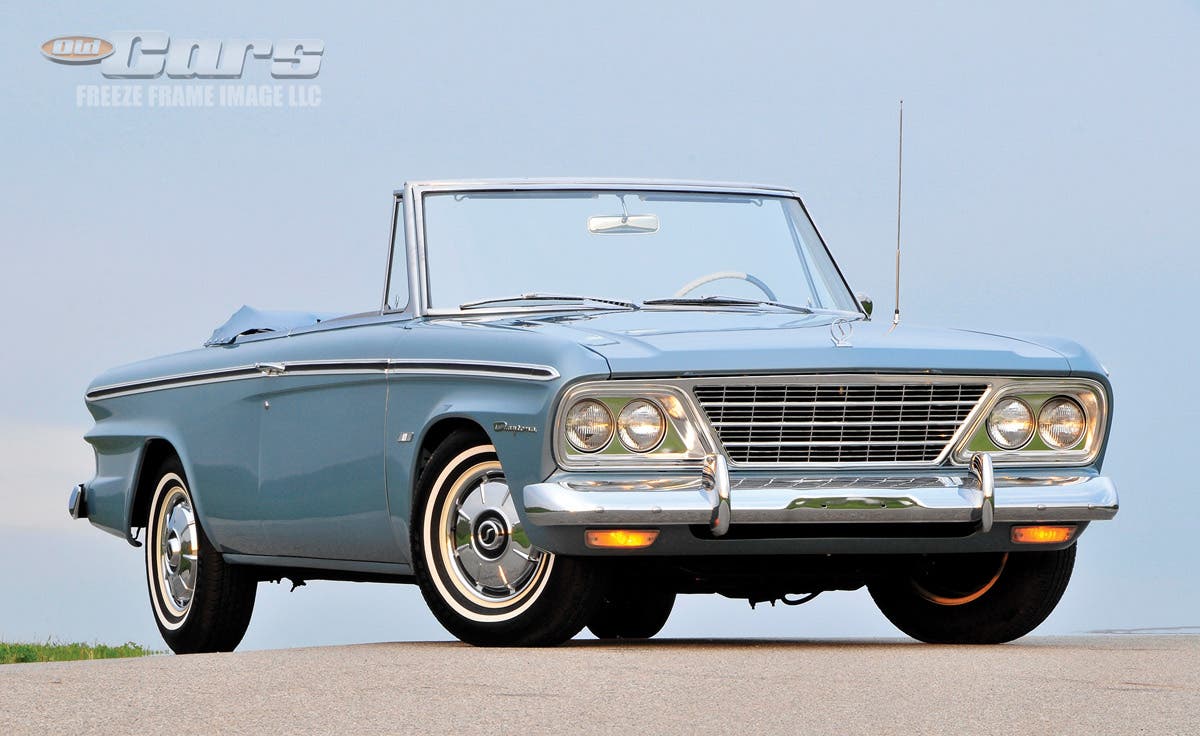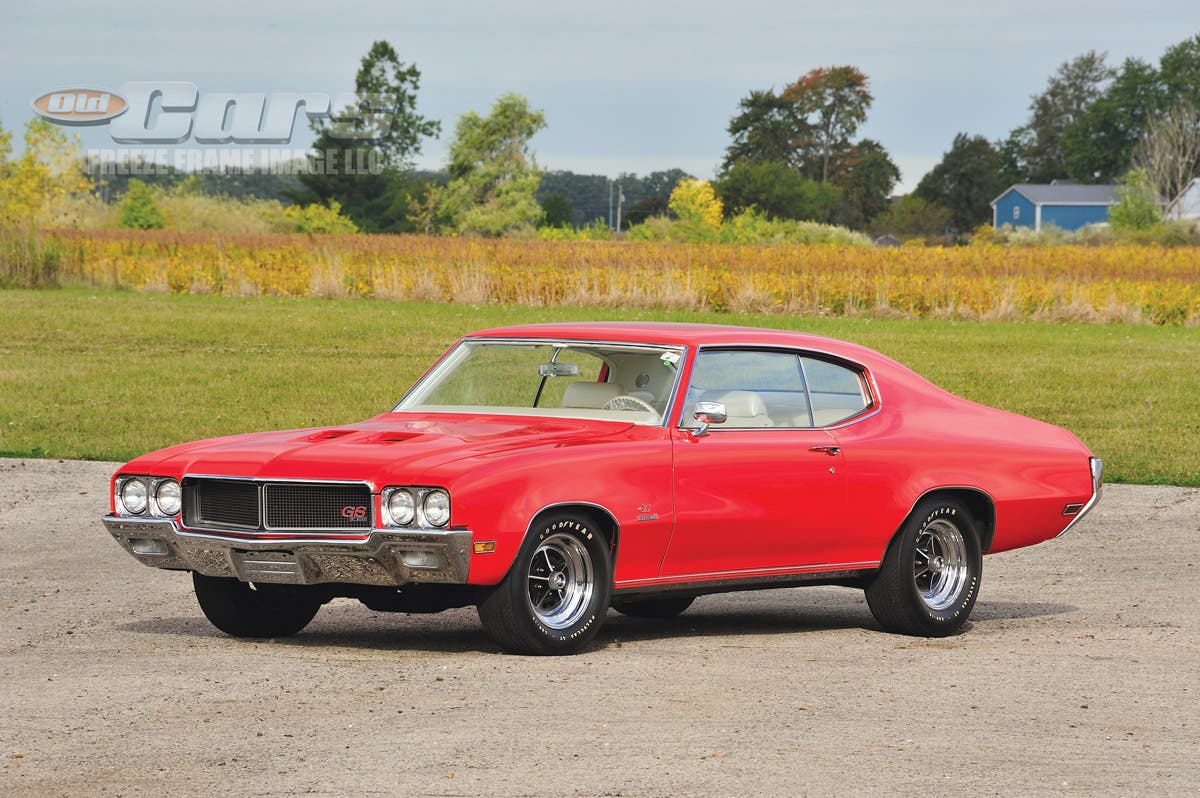Car of the Week: 1952 Ford Victoria
Ford’s advertising for its new 1952 cars proudly proclaimed “Ford’s first with the newest!”
Story and photos by David W. Temple
Ford’s first completely new postwar car became available for the 1949 model year during June 1948 — far earlier than the usual fall introductions. Those 1949 Fords helped the company survive and even recover from severe financial mismanagement by company founder Henry Ford following Edsel Ford’s death.
The basic 1949 body and chassis design remained intact through 1951, but with substantial improvements along the way. Among the 1949 Ford’s new features was the company’s first modern suspension with coil springs in front and parallel leaf springs in back, which replaced the very outdated transverse leaf springs used front and rear by Ford through 1948. In 1951, Ford’s first hardtop, the Victoria, hit the streets, along with the new Fordomatic automatic transmission. After selling approximately three million copies of the initial postwar offering from 1949 to 1951, Ford unleashed a new lower, longer, wider body design for 1952. This design served Ford for the next three years at which point it received a makeover so complete, the result appeared to be an all-new car for 1955. The original 1952 design was finally replaced for the 1957 model year.
Beginning in 1952, Ford’s series offerings were expanded from four to five. Replacing the Custom and Custom Deluxe six- and eight-cylinder series were the Mainline in six- and eight-cylinder series, Customline six- and Customline eight-cylinder series and Crestline, which was offered only with the V-8.
Ford’s advertising for its new 1952 cars proudly proclaimed “Ford’s first with the newest!” For 1952, it introduced its first overhead-valve inline six-cylinder that it called the “Mileage Maker.” This powerplant provided 101 hp at 3500 rpm and displaced 215 cubic inches. Ford ads further boasted of the car’s 115-inch wheelbase (up one inch from the previous version), suspended pedals (as opposed to the previous design in which the pedals were linked through floor pan cut-outs that eventually led to drafts and dust) and of its “Strato Star” V-8 engine, a fancy name for the flathead engine that essentially dated back to 1932. With improvements over two decades, the flathead produced a maximum of 110 hp at 3800 rpm for 1952. It remained the only V-8 available in the low-price class of cars.
Surprisingly, the new six-cylinder Ford engine proved to be almost as potent as Ford’s venerable flathead V-8, which displaced 239 cubic inches for 1952. The Mileage Maker six had a slightly higher horsepower-per-cubic-inch ratio than the Strato Star V-8 and proved notably faster in 0-60-mph sprints. It was a sign that the long-respected flathead was beginning to outlive its welcome as more powerful, modern V-8s were entering production. Ford’s engineers had already developed such an engine, but it powered only Lincolns during the 1952 model year. Ford, as well as Mercury, received new overhead-valve V-8 engines of their own two years later.
The new 1952 Ford chassis featured a double-drop frame with five cross members welded to heavy box-section side rails. Frames for the Victoria, Sunliner convertible, Ranch Wagon (in Mainline series only) and Country Squire were even stronger.
As mentioned, Ford released the Victoria, a two-door hardtop, in 1951. The new body style was developed in response to the hardtop models of General Motors, particularly Chevrolet’s Bel Air, which was released for 1950. This hardtop design eliminated the full-length post, or B-pillar, from body sill to roof by terminating it at the beltline. The result was the appearance of a convertible with its top raised. Arch rival Chevrolet had a major success with its Bel Air and Ford Motor Co. executives knew they had to respond to their rival’s successful design. (In 1950 and 1951, Ford gussied up its Tudor with fancier trim and called it the Crestliner as a stopgap until it was ready to market a true hardtop for 1951.) Though Chevrolet surpassed Ford in sales for the 1951 model year, the Victoria actually outsold the Bel Air with production of 110,286 units versus 103,358. Though sales for both the Bel Air and the Victoria were substantially down for 1952, and with Chevrolet still coming out on top in the sales race, Ford again bested Chevrolet in sales of the hardtop model — 77,320 Victorias against 74,634 Bel Airs.
One of those 77,320 Ford Victorias built for 1952 is shown here. This Carnival Red and Sandpiper Tan car is owned by Steve Shore of Longview, Texas. Shore had it professionally restored several years ago and his Victoria still appears to be one of the finest of its kind. The car’s interior is particularly striking and was restored to original factory standards using NOS upholstery.
Ford’s Victoria, one of the three body styles offered in 1952’s top-shelf Crestline series, was the least expensive of the trio that year with a base price of $1,925, which was $67, or approximately 3.5 percent, less than that of Chevy’s Bel Air. (While seemingly almost an insignificant difference in price, $67 adjusted for inflation is equal to $624 in buying power today.) The second-most expensive Crestline model, the Sunliner convertible, had a base price of $2,027, and the Country Squire eight-passenger station wagon listed for $2,186.
Other than the standard V-8, the buyer of a 1952 Crestline Victoria received the features of the mid-level Customline for his money: column-shifted three-speed manual transmission, 15-inch wheels (16-inch for the Mainline series, by the way), chrome-plated horn ring, two sunvisors, an armrest on both front door panels, horizontal stainless-steel molding on the front fenders, bright metal window moldings, a trim ring on tail lamps and a bright metal molding on the simulated quarter panel scoop. In addition, the Crestline Victoria owner received armrests with integrated ash trays for the rear passenger compartment, full carpeting, cloth and vinyl upholstery with a choice of six single-tone or six two-tone schemes, an interior lamp under the instrument panel, a bright metal rear window molding and grooved bright moldings with the “Victoria” name in script along the door window sills.
Extra-cost equipment on Shore’s car includes wheel covers, white sidewall tires, Fordmatic transmission, two-tone paint, deluxe radio, electric clock and “Magic Air” heater.
______________________
Show us your wheels!
If you’ve got an old car you love, we want to hear about it. Email us at oldcars@aimmedia.com
__________________________



